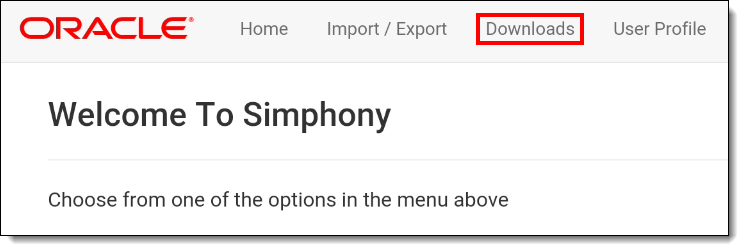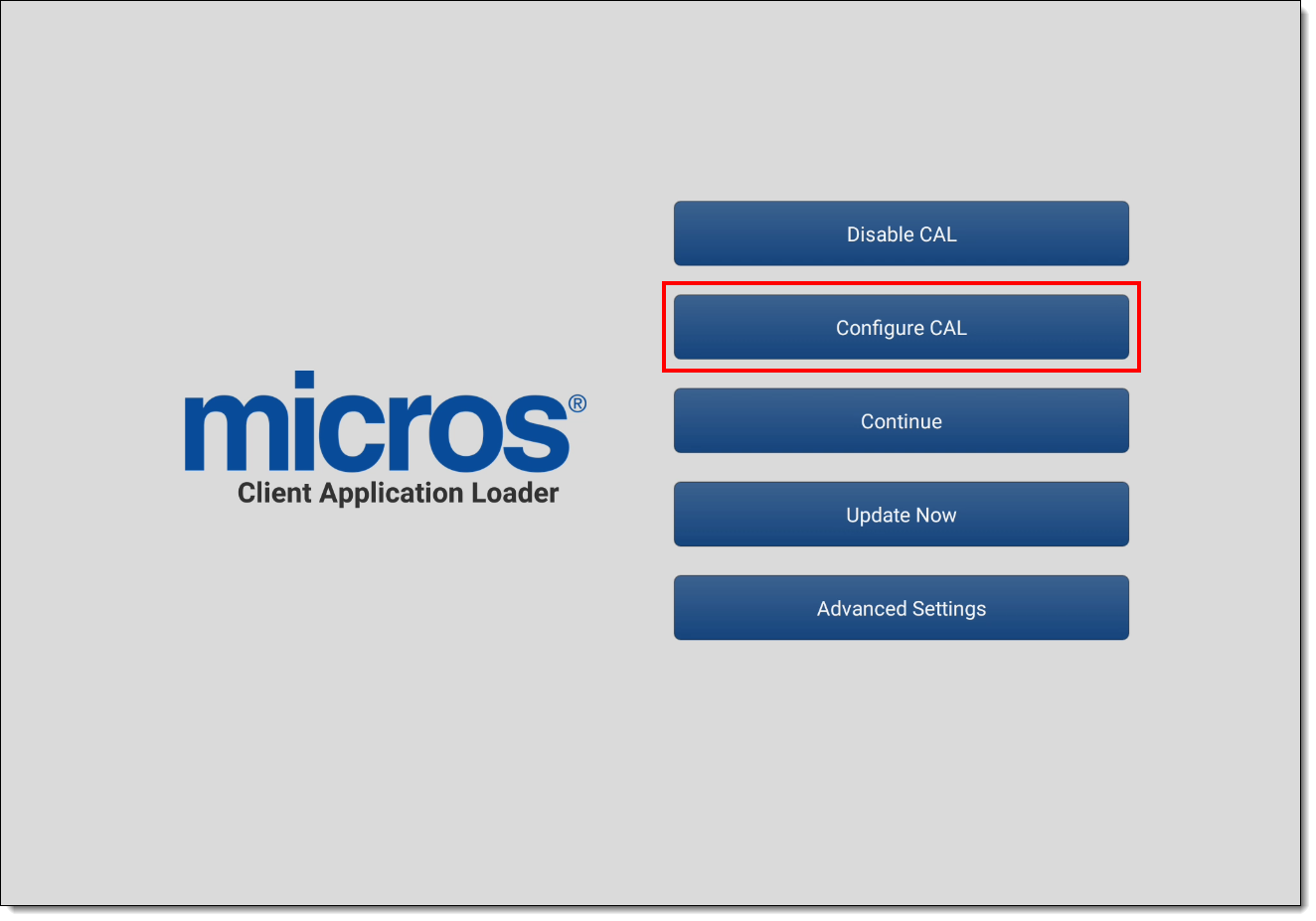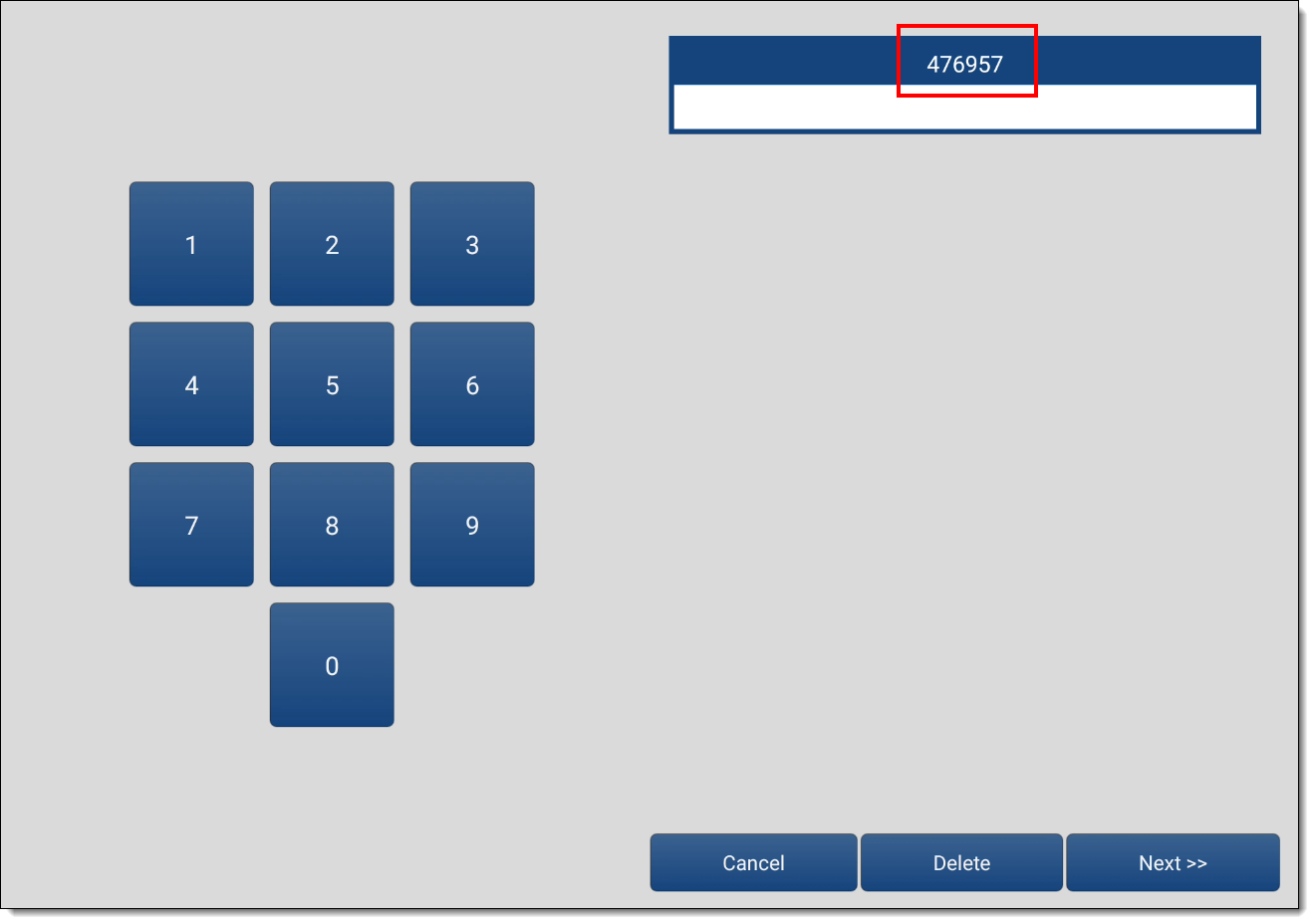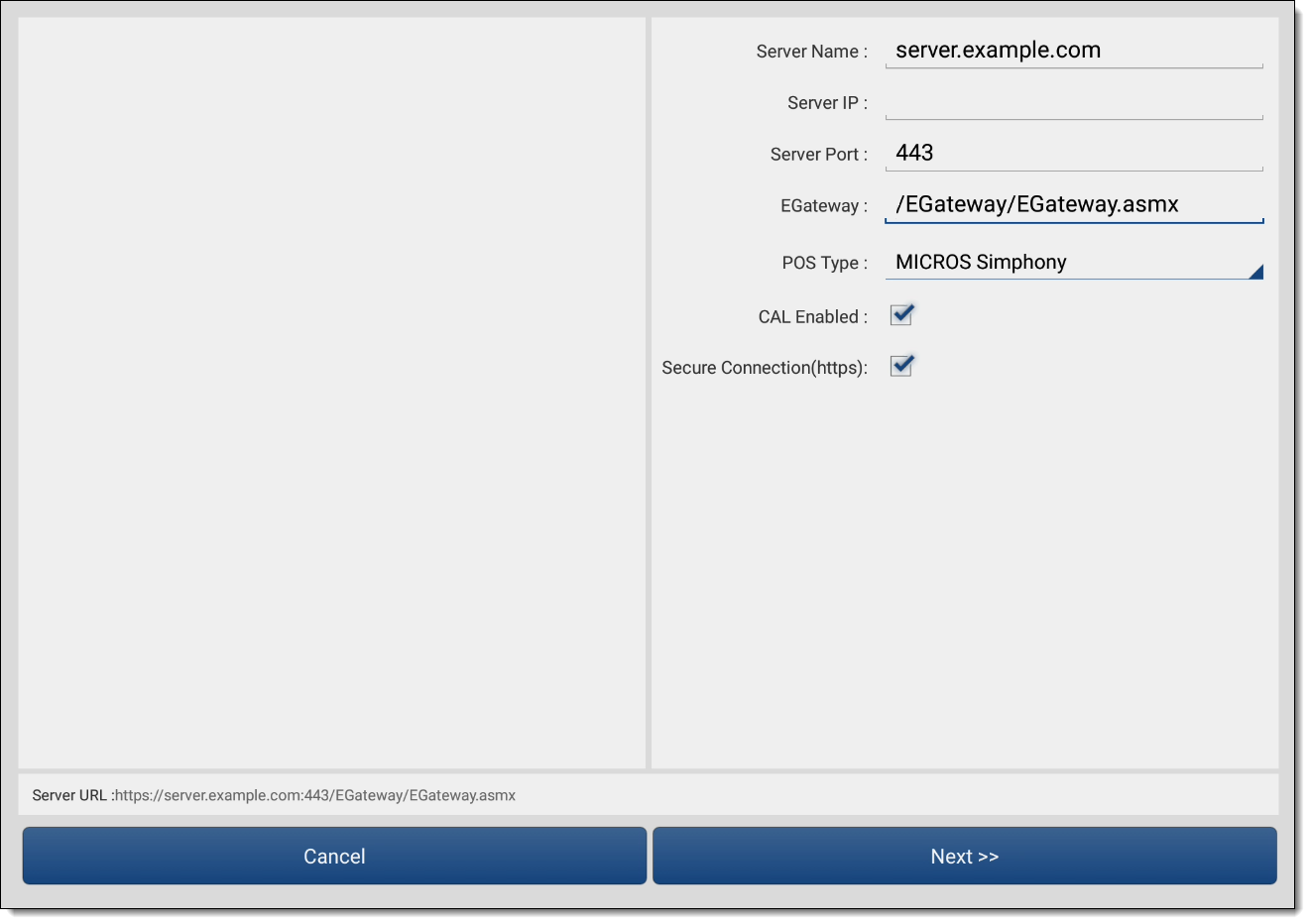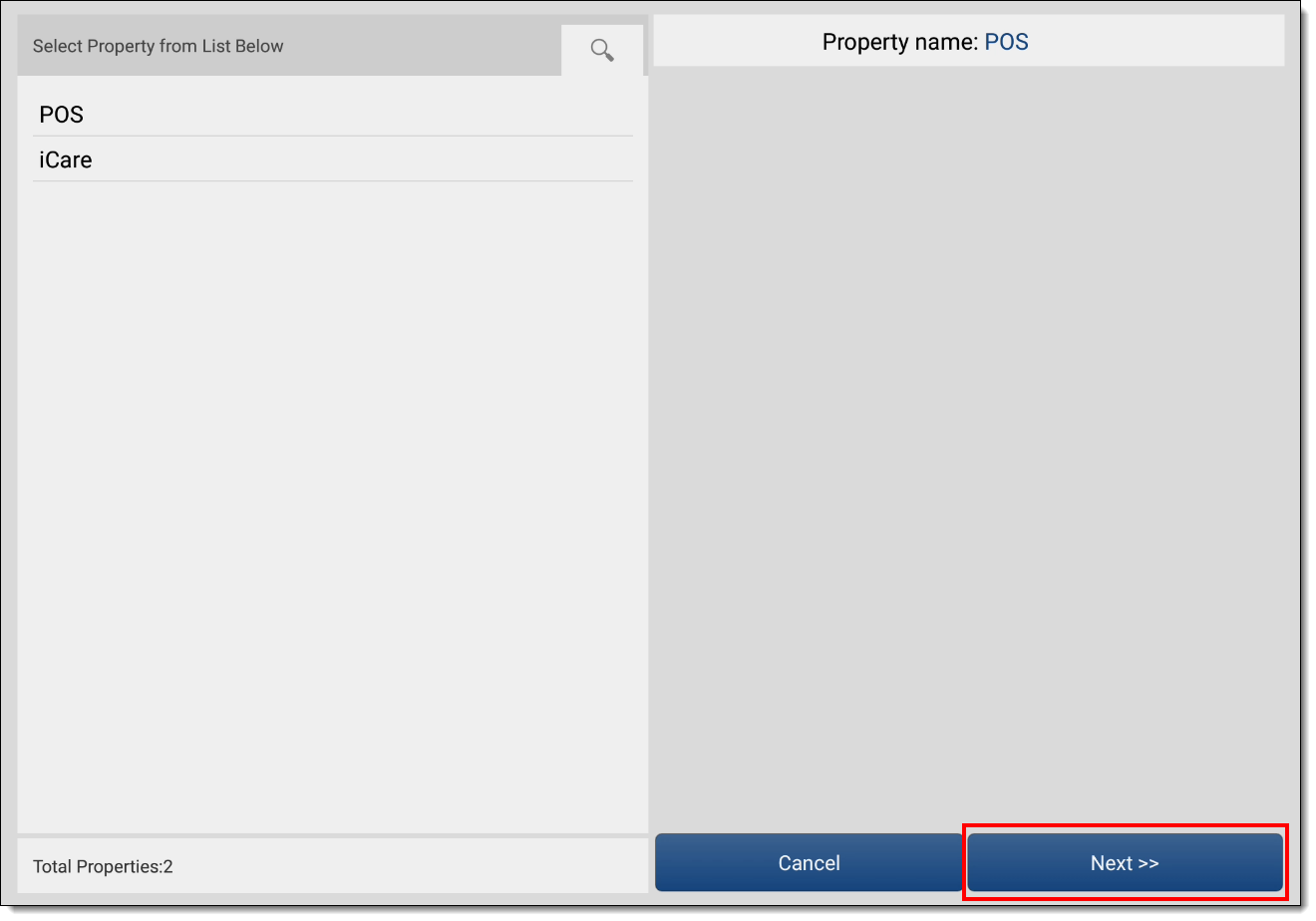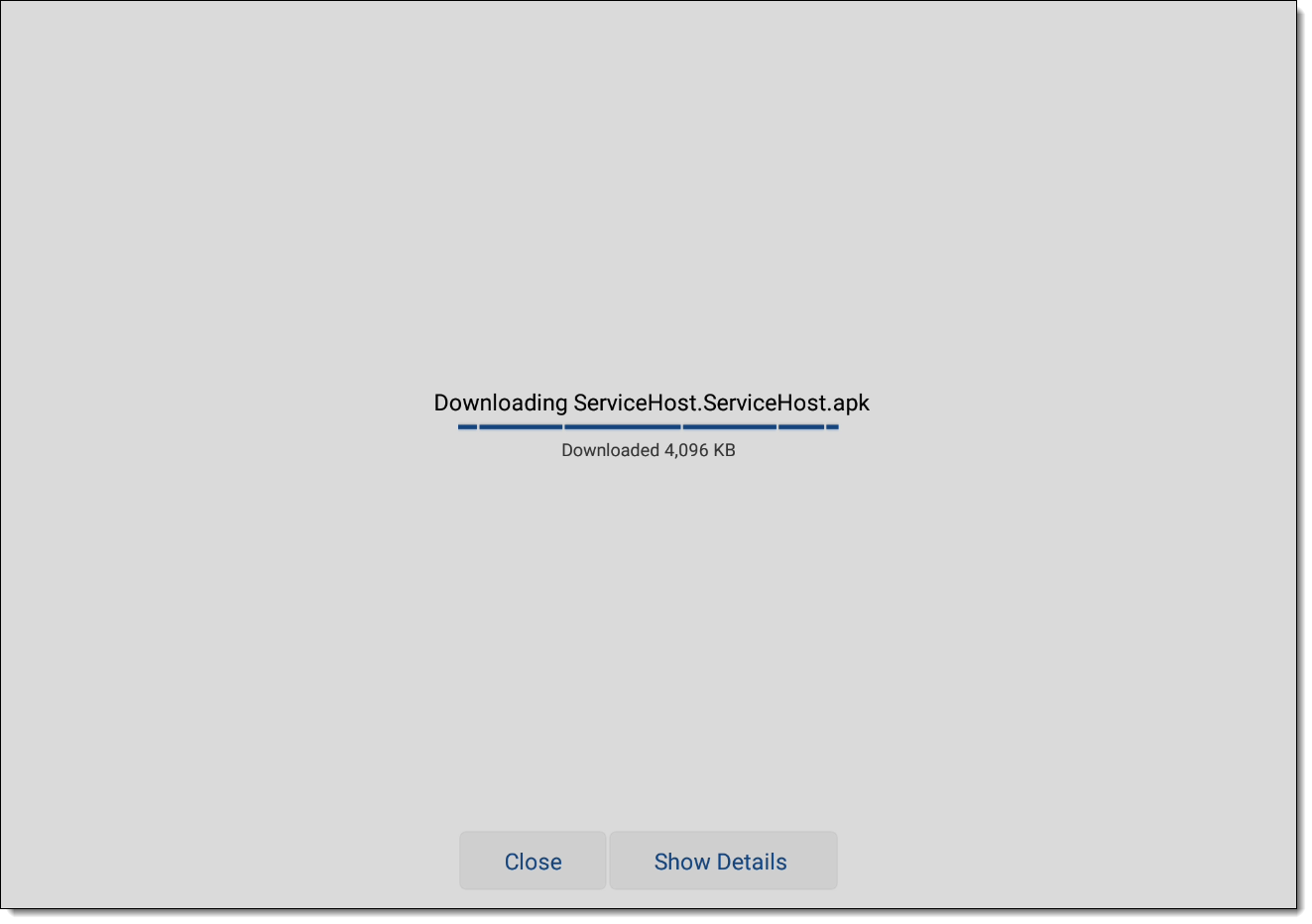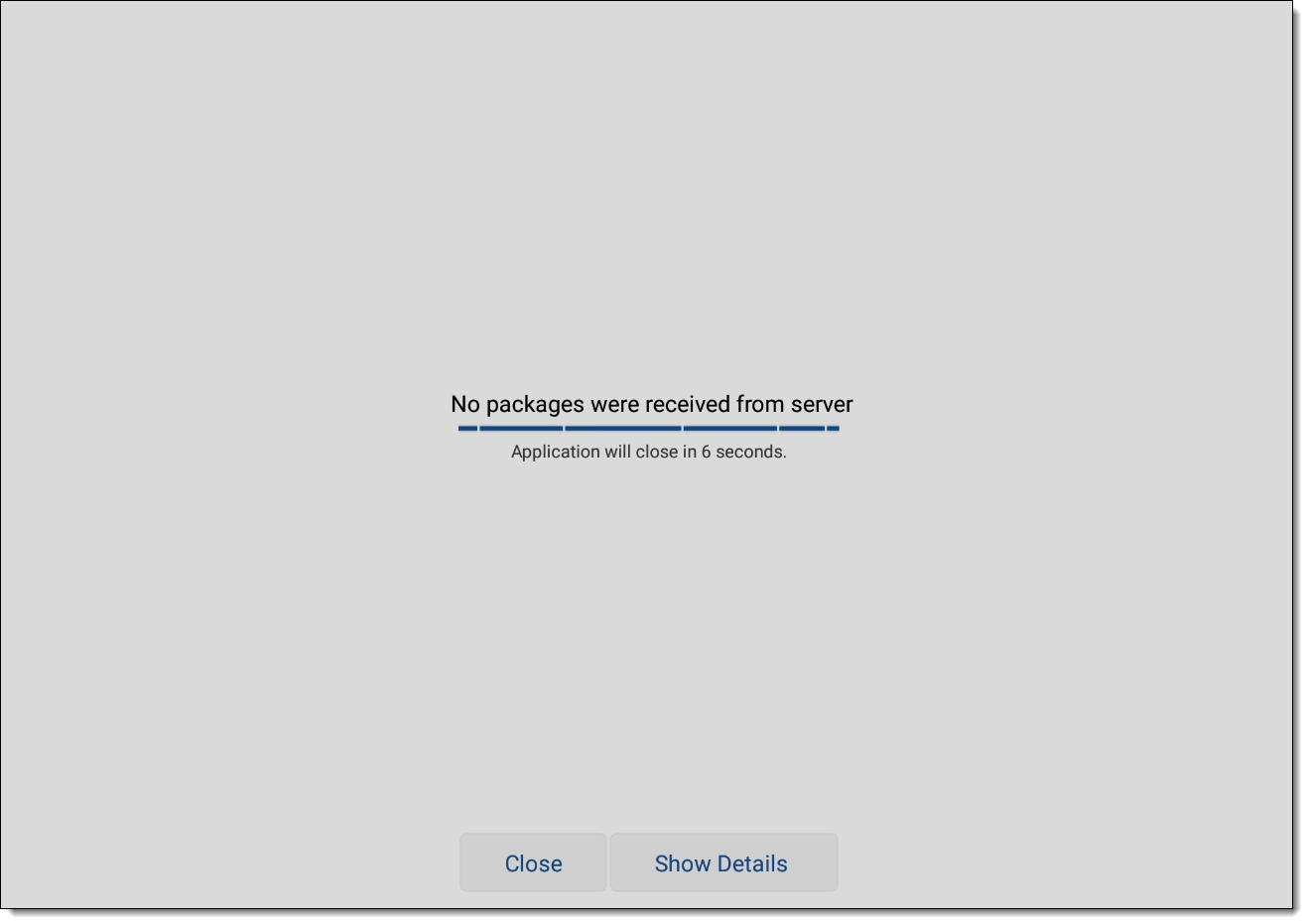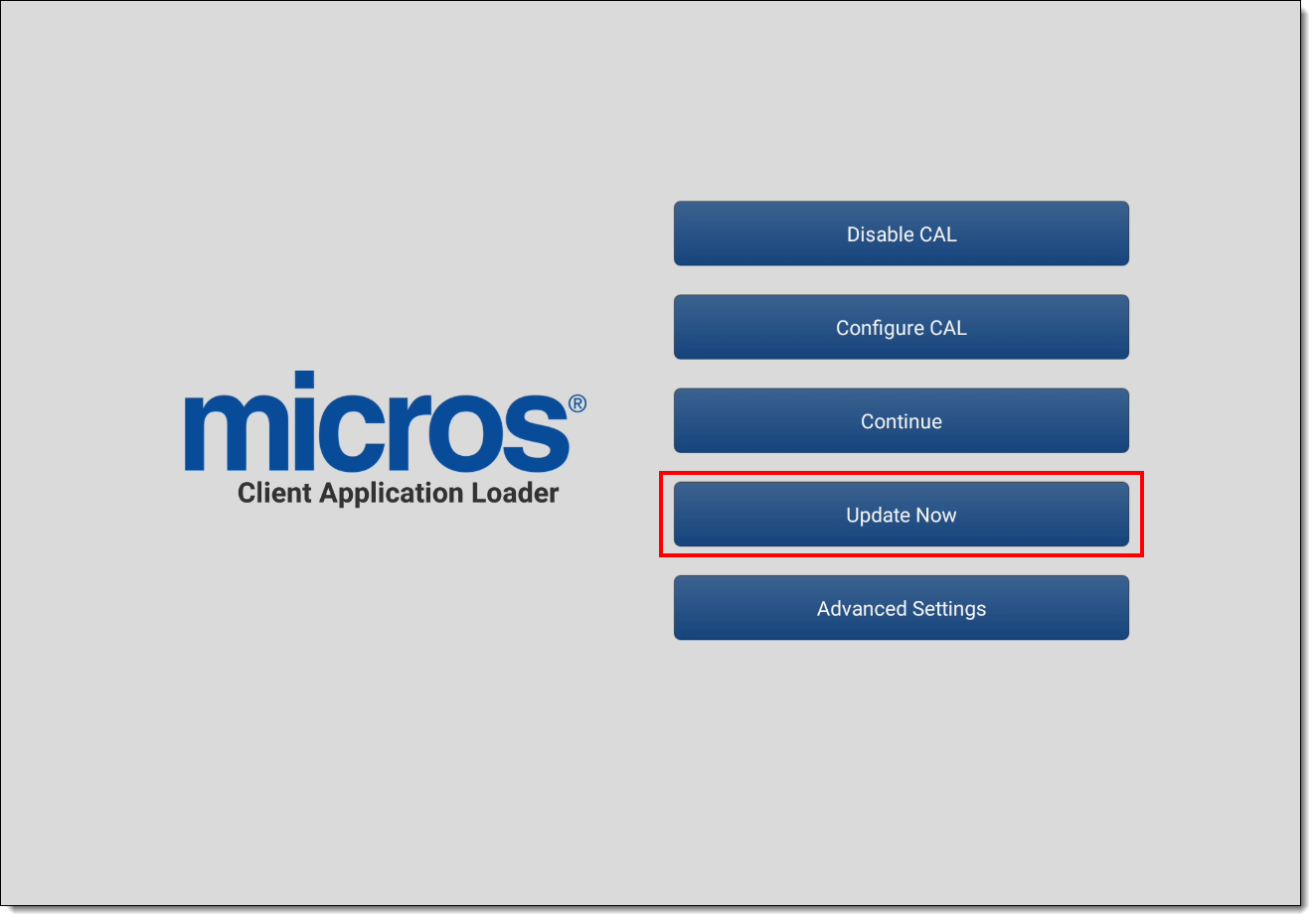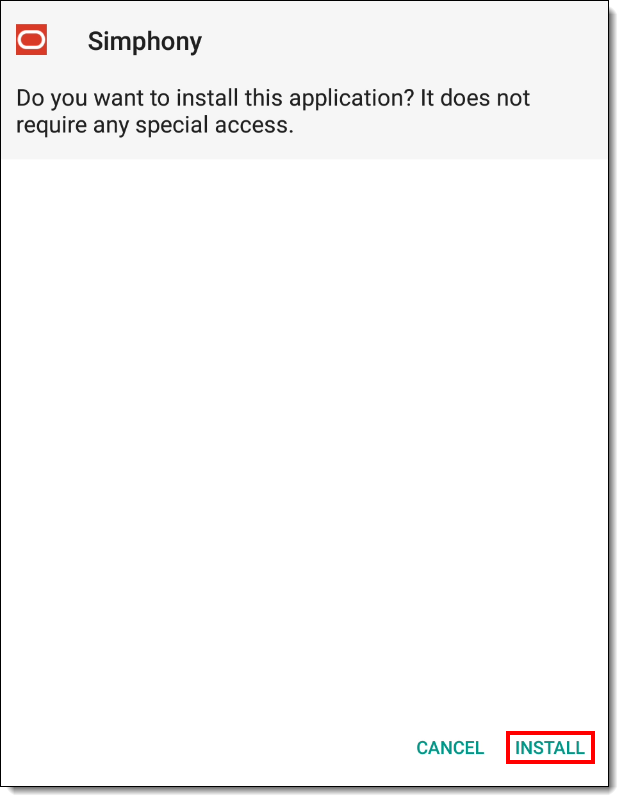Installing CAL on the Android Device
You must first install or upgrade to the latest Android CAL version to successfully use Android ServiceHost.
You must ensure that you have the privileges assigned to you to access, download, and install the Android ServiceHost CAL on clients. See Allowing Employees to Install and Authenticate POS Clients and Service Hosts for information about configuring the privileges.
You must also schedule and execute a CAL Package deployment for your Android devices. Configuring the Deployment Schedule to Install CAL on Workstations contains more information on deploying CAL packages.
When working with Android devices that have version 5.0 and later, Simphony requires you to ensure that data encryption and a lock mechanism is enabled on the device that prevents unauthorized people from accessing it. To protect your Android device, configure a Personal Identification Number (PIN) by accessing the device’s Settings, select Security, and then select Encrypt Device. This requires users to provide a PIN before they can start the Android ServiceHost (POS Client).
- To initiate a CAL installation on an Android device with Simphony version 18.2 or later:
- To initiate CAL configuration on an Android device:
Parent topic: CAL on Workstations

